He then led the Fincastle (Kentucky) County company for the 8th Virginia in 1776. After his company was decimated by malaria in south, he was detached to lead a new company in Morgan’s Rifles and took part in the first major American victory of the war at Saratoga. After the war, he served in the legislatures of Virginia and Kentucky (after it separated from Virginia) and served in the Kentucky militia as a colonel. In 1805 he married the widow of his neighbor and friend, Benjamin Logan.
I drove by the creek one more time and looked high up on the bluff on the opposite side. Through the trees, I could just make out a monument. Looking on my phone at pictures on FindAGrave.com, I decided it looked like Benjamin Logan’s grave marker. Knox’s grave is up there too, but can’t be seen from the road. The Logan cemetery was cleaned up in 2015. Already “neglected and overgrown” in 1923, it was described in 2015 as “in complete disrepair; you couldn’t even walk through it, you had to spread the trees and the bushes and the vines apart to even get through it.” My search for Knox’s grave is a perfect allegory for the story of the 8th Virginia. The story is out there, but it’s frequently very hard to find. Read More: "James Knox Was There Before Daniel Boone" (8/19/17) (Updated 1/27/21) More from The 8th Virginia Regiment
0 Comments
Leave a Reply. |
Gabriel Nevilleis researching the history of the Revolutionary War's 8th Virginia Regiment. Its ten companies formed near the frontier, from the Cumberland Gap to Pittsburgh. Categories
All
Archives
June 2024
© 2015-2022 Gabriel Neville
|
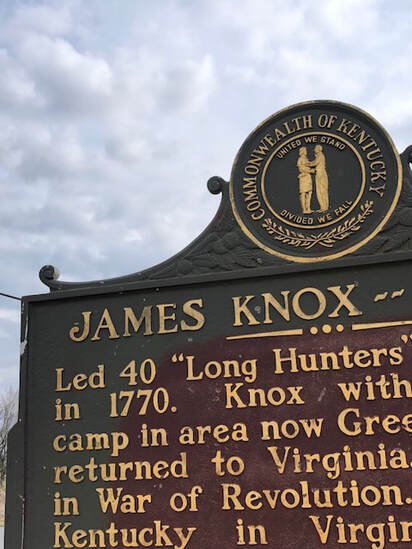
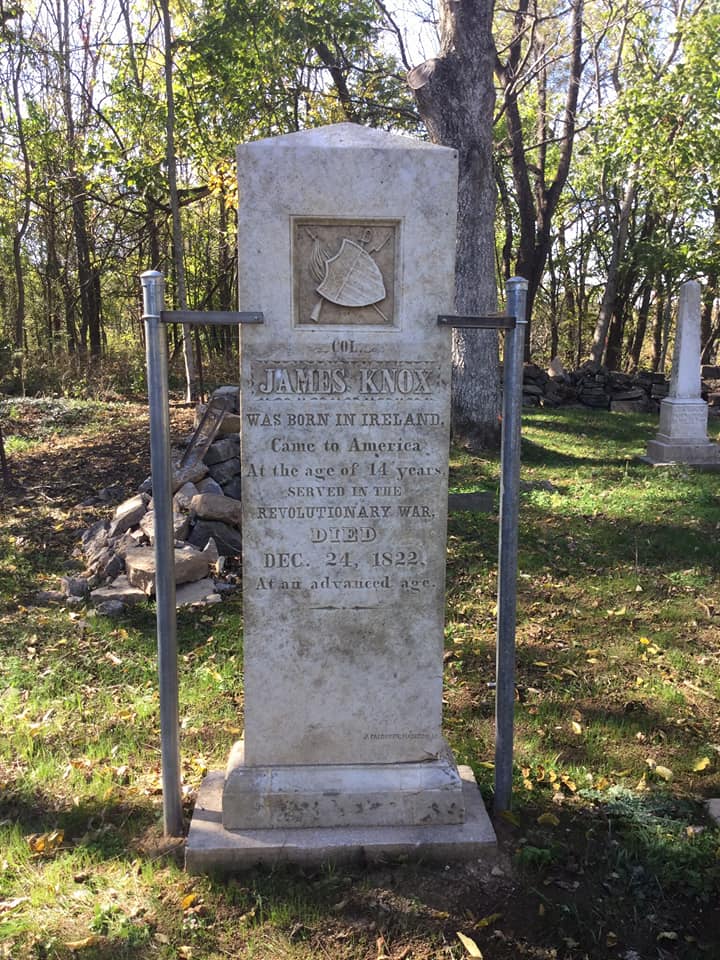
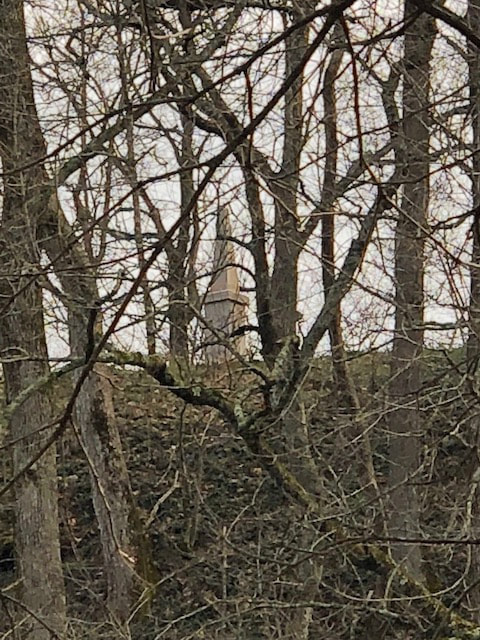
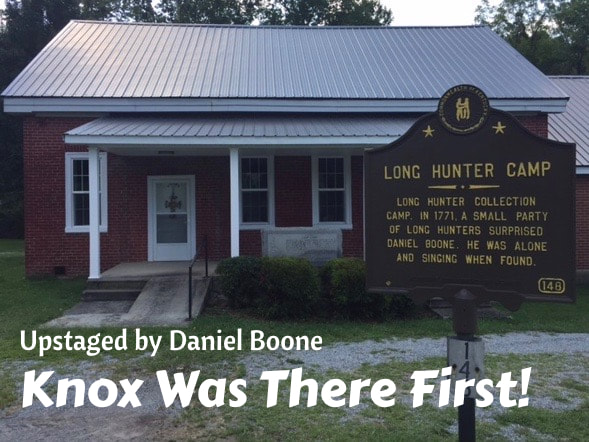
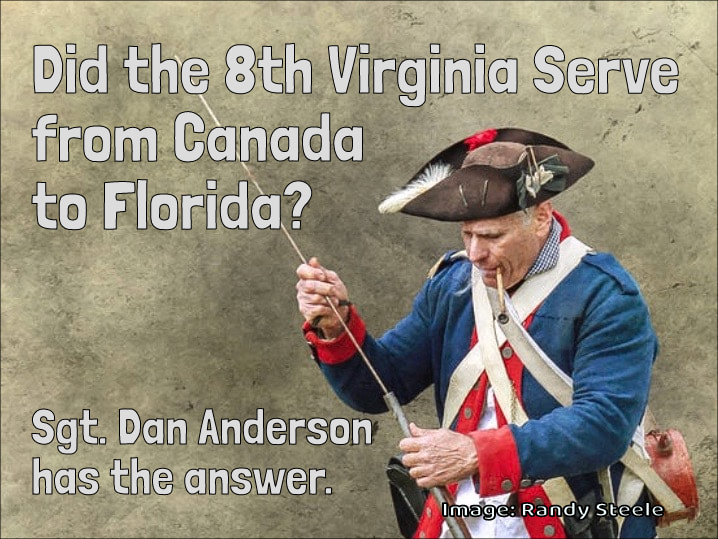
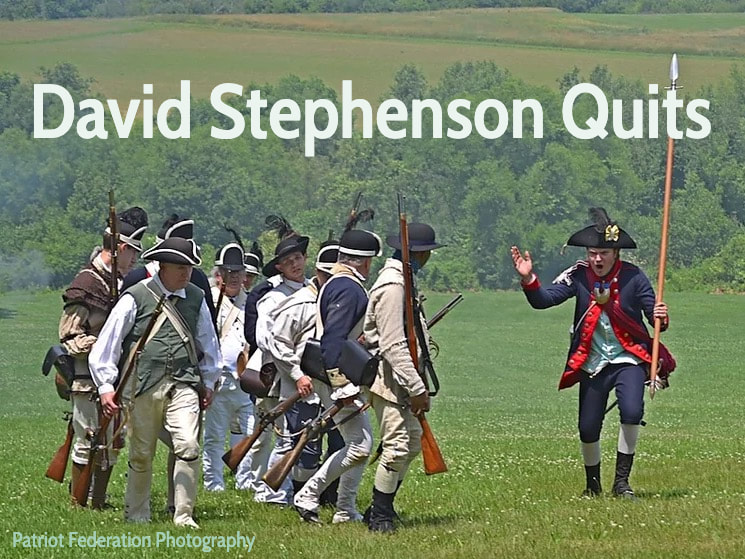
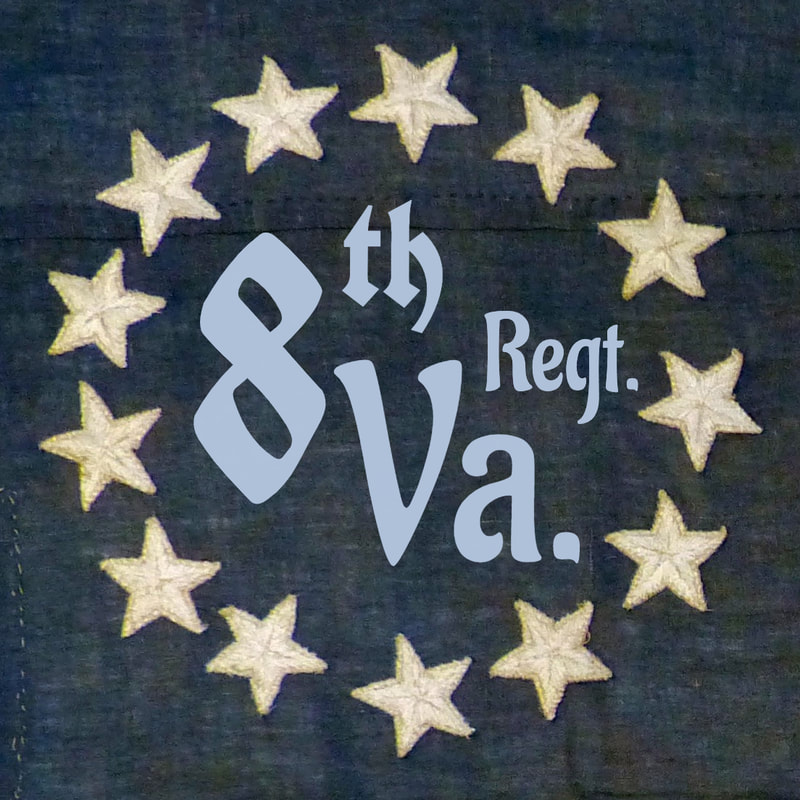
 RSS Feed
RSS Feed